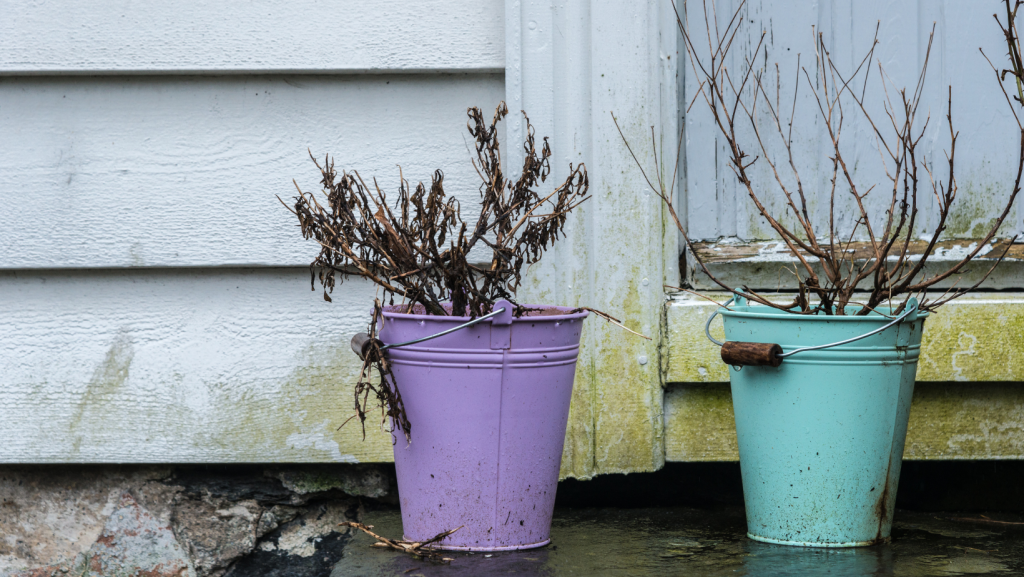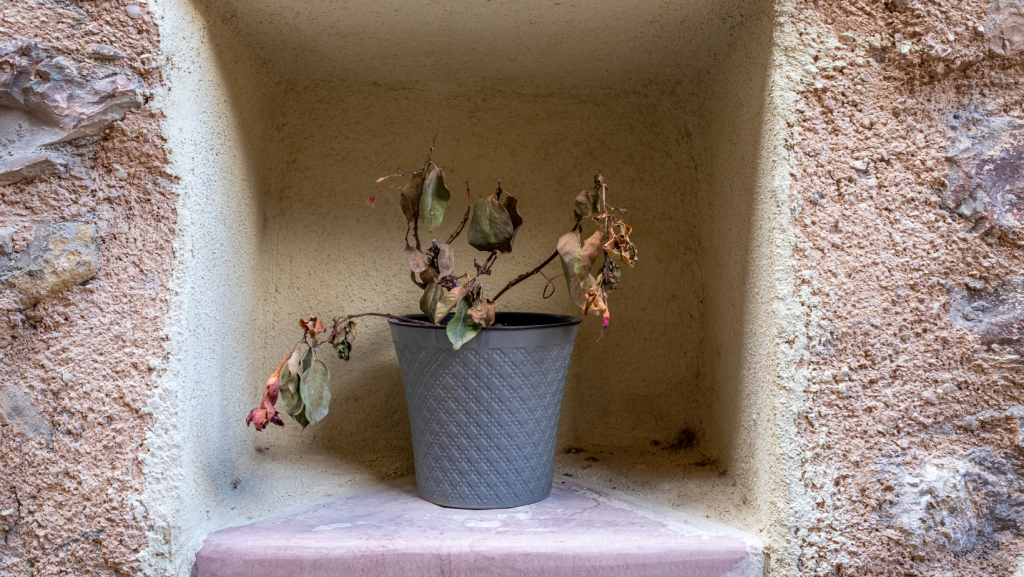For many, the dream of a lush, thriving indoor jungle or a vibrant, bountiful garden remains just that – a dream. Instead, they’re faced with a graveyard of shrivelled leaves, brittle stems, and the undeniable guilt of yet another botanical casualty. If you identify as a “plant killer,” you’re certainly not alone. But before you banish all greenery from your life forever, let’s delve into why plants perish, whether you’re truly the villain, and how even the most notorious plant assassins can cultivate a little green success.

Why Do Plants Die? The Usual Suspects
While it might feel like your plants are actively plotting their demise, their deaths are almost always down to a few common factors. Understanding these is the first step towards rehabilitation!
- Overwatering (The Silent Killer): This is arguably the most frequent culprit. Enthusiastic watering, especially without proper drainage, starves roots of oxygen, leading to rot. Symptoms often mimic underwatering (wilting), leading to a vicious cycle of more water and more damage.
- Underwatering (The Thirsty Demise): Less common for the well-intentioned, but still a killer. Plants need consistent moisture to transport nutrients. Prolonged drought leads to dehydration, crisping leaves, and eventual collapse.
- Insufficient Light: Plants are solar-powered. Without adequate light, they can’t photosynthesize, leading to leggy growth, pale leaves, and a slow decline. Too much direct, harsh light can also scorch certain delicate varieties.
- Poor Drainage: If your pot doesn’t have drainage holes, or the soil is too compacted, water sits stagnant, creating a breeding ground for root rot.
- Lack of Nutrients: Over time, plants deplete the nutrients in their potting mix or garden soil. Without replenishment, their growth will stunt, and they’ll become weak and susceptible to disease.
- Temperature Extremes: Most houseplants prefer stable room temperatures. Drafts, sudden cold snaps, or extreme heat can shock and kill them. Garden plants have specific hardiness zones they can tolerate.
- Pests and Diseases: While sometimes a symptom of an already stressed plant, infestations of aphids, spider mites, or fungal diseases can quickly decimate your green friends if left untreated.
- The Wrong Plant in the Wrong Place: Trying to force a sun-loving plant into a shady corner, or a humidity-loving plant into a dry room, is a recipe for disaster.
Are You Really to Blame? Or Is It a Mismatch?
It’s easy to internalize the “plant killer” label, but often, it’s not a reflection of your inherent incapability, but rather a mismatch between your habits and the plant’s needs. Did you get a high-maintenance orchid when your lifestyle calls for something more forgiving? Did you place a sun-worshipping succulent in a dim bathroom?
Sometimes, the plant itself might have been struggling from the nursery, or it simply wasn’t suited to your home’s environment. Don’t beat yourself up! Every experienced gardener has killed their fair share of plants. It’s part of the learning process.

Easy Plants to Try: Your Houseplant Redemption Arc
Don’t give up on the dream of indoor greenery! Start with these resilient and forgiving houseplants that can withstand a bit of neglect and teach you the ropes:
- Snake Plant (Sansevieria trifasciata): The undisputed champion of neglect. It thrives on minimal water and can tolerate low light, making it perfect for busy individuals or dimly lit spaces.
- ZZ Plant (Zamioculcas zamiifolia): Another drought-tolerant marvel. Its waxy leaves store water, allowing it to go weeks without a drink. It also handles low light exceptionally well.
- Pothos (Epipremnum aureum): Extremely versatile and adaptable. Pothos tolerates a range of light conditions and will visibly droop when thirsty, giving you a clear signal to water. It’s also easy to propagate.
- Spider Plant (Chlorophytum comosum): Famous for producing “spiderettes” (baby plants) that are easy to root. They’re quite forgiving with watering and light, and are great air purifiers.
- Peace Lily (Spathiphyllum): While it loves humidity, a Peace Lily will dramatically wilt when thirsty, serving as a clear indicator. Water it, and it usually perks right back up. It also produces beautiful white flowers.
- Aloe Vera: Not just for sunburns! Aloe is a succulent, meaning it stores water in its leaves. It needs bright, indirect light and infrequent watering.
Top Tip for Houseplant Success: When in doubt, err on the side of underwatering rather than overwatering. It’s easier to revive a thirsty plant than a waterlogged one. Always check the soil moisture with your finger before watering.
Resilience in the Garden: Growing Tougher Outdoors
The garden presents different challenges, but many outdoor plants are surprisingly tough and can bounce back from less-than-ideal conditions.
- Native Plants: Often the most resilient choice, as they are already adapted to your local climate, soil, and pest conditions.
- Drought-Tolerant Perennials: Opt for plants like Lavender, Sedum, Coneflower (Echinacea), Yarrow (Achillea), and ornamental grasses. These can withstand dry spells once established.
- Shrubs and Trees: Many established shrubs and trees are incredibly resilient. Once their root systems are developed, they can endure fluctuating weather and periods of neglect.
- Herbs: Rosemary, Thyme, Sage, and Oregano are all Mediterranean herbs that thrive in full sun and well-drained soil, often tolerating drier conditions.
- Bulbs: Many spring-flowering bulbs like daffodils and tulips are remarkably hardy and will return year after year with minimal intervention.
Top Tip for Garden Success: Improve your soil! Healthy, well-draining soil with plenty of organic matter is the foundation for resilient plants. Also, select plants that are suited to your specific hardiness zone and the light conditions of your garden.
From Plant Killer to Plant Whisperer: A Journey of Learning
Being a “plant killer” isn’t a life sentence. It’s an opportunity to learn, observe, and adapt. Start small, choose resilient varieties, and pay attention to what your plants are trying to tell you. With a little patience and the right knowledge, you can absolutely cultivate a greener thumb and enjoy the immense satisfaction of nurturing life. The secret isn’t magic; it’s understanding, and a willingness to try again.
